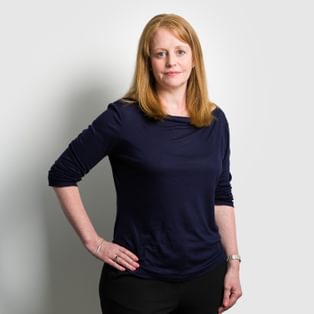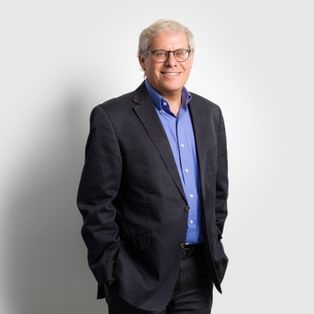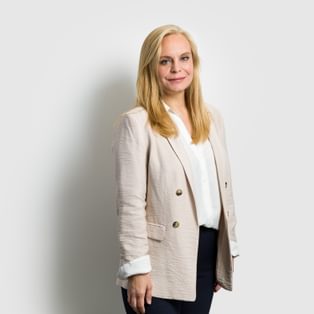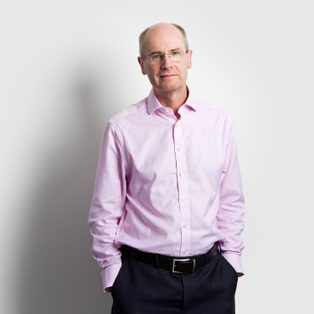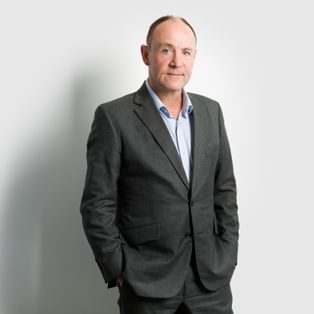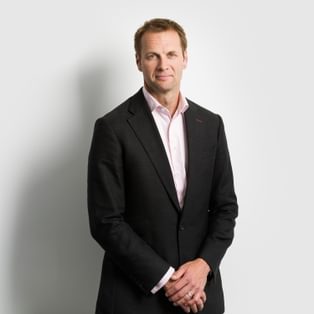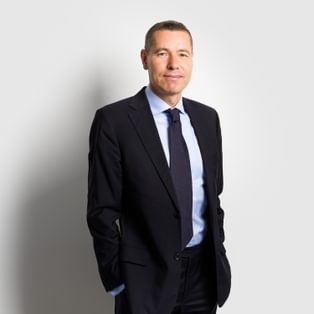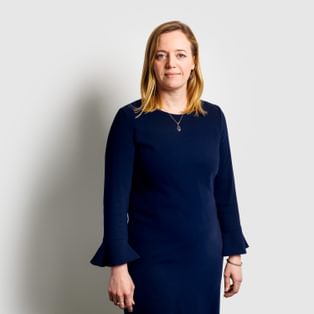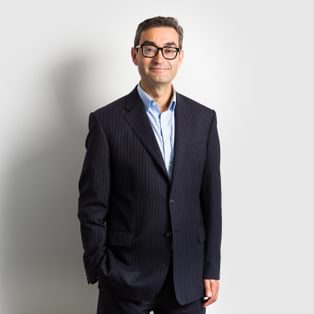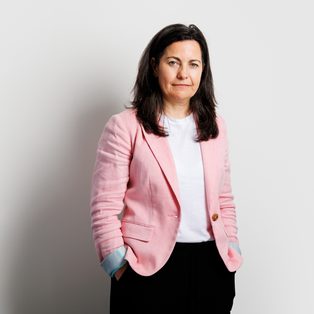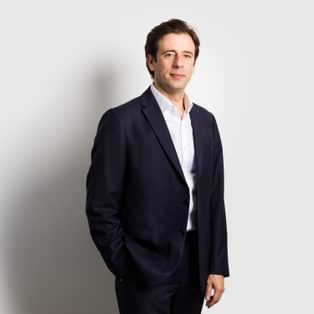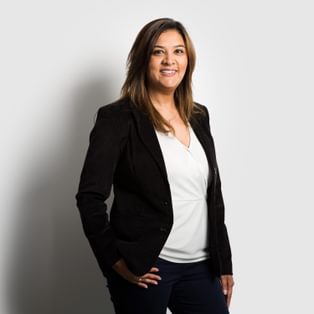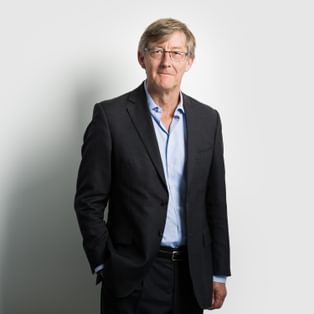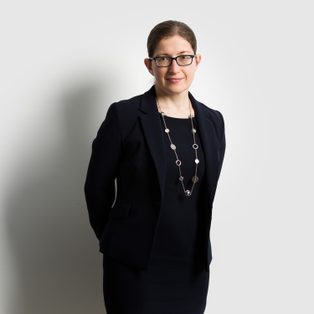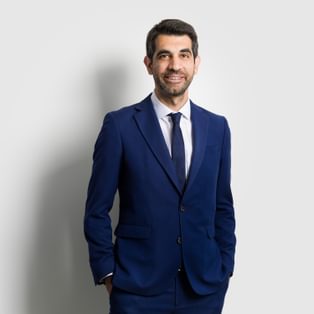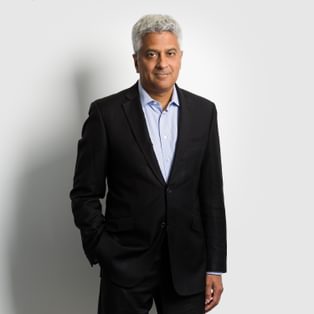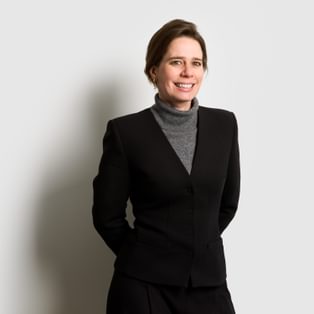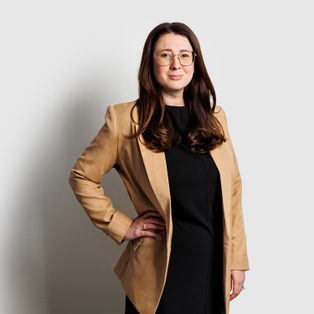2021 was a significant year for battery storage as an asset class after a number of years in which the sector was in something of a suspended state. Attracting funding and demonstrating the market for utility scale battery storage has proven difficult for a number of years. 2021 saw a big shift in market sentiment, however, as a result of a number of factors, including:
- Improved market opportunities for the battery energy storage systems e.g. dynamic containment.
- The ever increasing contribution of renewables to the electricity mix in the United Kingdom causing increasingly marked power price fluctuations (noting here that there are other contributory factors to these fluctuations).
- The removal of certain cost related obstacles (such as a reduction in planning complexity and use of system charges).
- Increasing sophistication of software available to assist owners in accessing different parts of the revenue stack.
- The development of PPAs by energy providers such as EDF Energy.
In 2022 we expect to see a material increase in the number of utility scale battery storage assets being constructed. There is now a significant backlog of such assets at the shovel ready, planning and pre-planning stage which are ready to be constructed (or should be ready during the course of 2022). The key to pushing forward the construction of these assets in 2022 will be access to funding (debt and equity) and the ability to connect to the distribution network.
Obtaining funding for battery storage projects in development remains challenging but much improved compared to prior years. Banks like Santander and Natwest have been prepared to debt finance battery storage projects. Whilst companies have been able to find a route to obtain equity financing such as Harmony Energy through its IPO. It would also appear that the asset class is becoming increasingly of interest to LPs and other investors who were previously wary of the sector.
The signs are that 2022 is set to be the best year for the utility scale battery energy storage sector since its initial boom in 2015/16. This time, however, it would seem that the sector is based on more solid foundations than the rush to capture the frequency response market in 2015/16.






